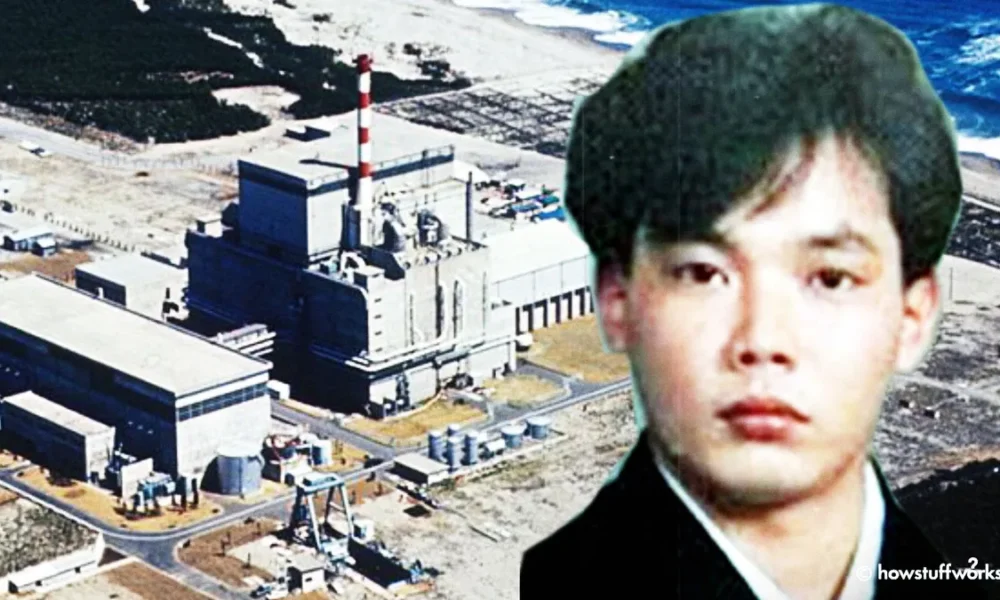News
The Tragic Case of Hisashi Ouchi: Japan’s Nuclear Accident Victim
Published
11 months agoon
By
Helen
Hisashi Ouchi’s name is forever linked with one of the most catastrophic nuclear accidents in history, the Tokaimura nuclear accident in 1999. His case stands out not only for the gravity of the incident but also for the excruciating suffering he endured. His story is a grim reminder of the dangers of nuclear energy when safety protocols are compromised.
Background: Tokaimura Nuclear Accident
Tokaimura, a small village in Japan’s Ibaraki Prefecture, is known for its cluster of nuclear facilities. On September 30, 1999, a criticality accident occurred at the Japan Nuclear Fuel Conversion Co. (JCO) uranium processing plant. This accident was one of the worst nuclear incidents in Japan prior to the Fukushima disaster in 2011.
The Incident
Hisashi Ouchi, a 35-year-old technician, was involved in a task that deviated significantly from standard procedures. The accident happened during the preparation of a fuel batch for a reactor. Instead of using a dissolving tank, the workers, including Ouchi, poured a solution of uranium oxide and nitric acid directly into a precipitation tank. This tank was not designed to handle such materials and had no measures to prevent criticality.
As Ouchi and his colleagues poured the seventh bucket of the solution, the mixture reached a critical mass, initiating an uncontrolled nuclear fission chain reaction. This sudden reaction produced a massive burst of neutron and gamma radiation.
Immediate Aftermath
Ouchi, standing closest to the tank, received a lethal dose of radiation. Estimates suggest he was exposed to 17 sieverts (Sv) of radiation, a dose far above the fatal threshold of approximately 8 Sv. For context, exposure to 5 Sv is generally considered fatal without medical intervention.
The intense radiation exposure caused Ouchi to feel immediate effects, including severe pain and burns. His coworkers, Masato Shinohara and Yutaka Yokokawa, also received high radiation doses but were further from the tank and less severely affected. The plant’s emergency response was slow, exacerbating the situation as the criticality continued unchecked for about 20 hours.
Medical Response
Ouchi was transported to the National Institute of Radiological Sciences in Chiba, where a team of doctors attempted to save his life using experimental treatments and aggressive medical care. His case became a focus of intense medical effort and ethical debate.
Radiation Damage
Radiation wreaks havoc on the human body, particularly affecting rapidly dividing cells. Ouchi’s skin and internal tissues suffered massive cellular damage. The exposure destroyed his bone marrow, leading to a catastrophic failure of his immune system. The radiation burns covered his body, and his internal organs were critically compromised.
Treatment Attempts
- Bone Marrow Transplant: Doctors attempted a bone marrow transplant to restore his body’s ability to produce blood cells. The transplant initially showed some signs of success, but Ouchi’s condition soon deteriorated due to graft-versus-host disease and the overwhelming radiation damage.
- Skin Regeneration: Since Ouchi’s skin was severely damaged, doctors tried skin grafts and cultured skin cells. However, the high levels of radiation exposure made it difficult for the skin to regenerate.
- Pain Management and Life Support: Ouchi was subjected to intense pain management, but his suffering remained acute. He was placed on life support systems, including mechanical ventilation and dialysis.
Ethical Dilemmas
Ouchi’s case sparked a significant ethical debate within the medical community. Despite the severe nature of his injuries and the slim chances of recovery, doctors continued extensive treatment at his family’s request. The treatments prolonged his life, but also extended his suffering, leading to discussions about the balance between life-saving efforts and the quality of life in extreme medical cases.
Prolonged Agony and Death
Ouchi endured 83 days of intense pain and suffering. His condition continued to deteriorate as his body failed to recover from the radiation damage. Despite the relentless medical interventions, his body systems began to shut down. On December 21, 1999, Hisashi Ouchi passed away, succumbing to multi-organ failure.
Impact and Legacy
Industrial Safety Reforms
The Tokaimura accident, and Ouchi’s tragic case in particular, highlighted significant flaws in Japan’s nuclear industry safety standards and procedures. The accident prompted a comprehensive review of nuclear safety protocols. Stricter regulations were implemented, and the JCO facility was permanently shut down.
Public Awareness
Ouchi’s ordeal raised public awareness about the risks associated with nuclear energy and the potential consequences of safety lapses. His case became a potent symbol of the need for rigorous safety standards in handling radioactive materials.
Medical Insights
From a medical perspective, Ouchi’s case provided valuable insights into the effects of extreme radiation exposure on the human body and the challenges of treating such conditions. While the experimental treatments were ultimately unsuccessful, they contributed to the body of knowledge on radiation sickness and its management.
Ethical Reflections
The ethical dilemmas faced by Ouchi’s medical team continue to influence discussions about medical ethics, particularly in cases involving extreme suffering and low chances of recovery. The case underscores the importance of considering patient quality of life and informed consent in medical decision-making.
Conclusion
Hisashi Ouchi’s tragic experience serves as a stark reminder of the dangers inherent in nuclear technology when safety measures are ignored or compromised. His suffering highlights the devastating human cost of such failures and the critical importance of rigorous safety standards in the nuclear industry. The Tokaimura accident remains a somber lesson in the need for vigilance, responsibility, and ethical considerations in the face of modern technological advancements. Ouchi’s legacy endures in the ongoing efforts to ensure the safety and well-being of those working with nuclear materials and the broader community affected by such industries.